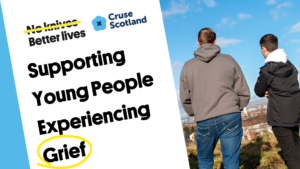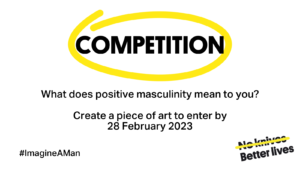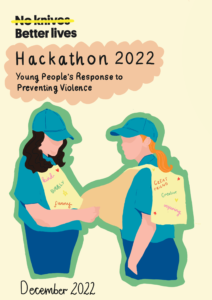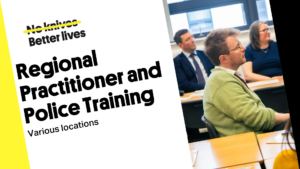Top 5 Tips for Prevention Work

13 Sep 2018
by Orielle, NKBL and youth work
Over the last eight years (yes, eight years!), we’ve learned a lot about best practice in prevention from the young people, practitioners, peer educators, organisations and researchers that we’ve had the privilege of working with. As part of our celebration of Youth Work Week, we want to share the learning and say thank you to everyone that has contributed to it.
So, here are our five top tips for sharpening up your prevention work and making sure it’s on point.
1. Broaden your approach– If you’re delivering a school based input it can be tempting to focus entirely on trying to reach the small percentage of young people who might make the decision to carry a knife, but what about the rest of the young people in the class? Talking to them about the importance of doing something if they know that someone is carrying a knife and the different options they have, might just be the most effective and powerful part of your prevention input.
2. Don’t terrify them– giving young people the impression that knife carrying is more prevalent than it is or giving a “show and tell” input with lots of large knives can really backfire. Evidence tells us that, even with the best of intentions, this can either make young people feel afraid and increase defensive knife carrying or contribute to the idea that knife carrying is the “norm” and if everyone else is doing it….
3. It’s not just about intervention– it can be difficult for us youth workers to see how knife carrying prevention work can be delivered when it’s not something that young people have expressed an interest in. But, knife crime and violence are social issues that directly or indirectly affect young people and the communities they live in. Creating learning opportunities for young people that help them to explore, understand, challenge and influence narratives around violence are critical to their development and their life chances. Prevention is not just about direct intervention or singling out those young people we deem to be at risk. It’s about helping young people to stay safe and changing social norms.
It’s also our experience that young people are really interested in the issue and keen to engage.
4. Get your messages right– making sure that young people are fully informed of the potential risks and consequences of carrying knife is an important part of prevention work. We’ve learned through our own and wider research that, while you should still include information about legal risks and consequences, it is has much more impact to focus on personal risks and consequences. Young people told us that they cared most about the impact it would have on families if they were caught carrying knife or involved in a knife crime incident. Our Mark’s Story film and companion toolkit can help you do that. (links)
5. Work in partnership with young people– read points 1-4 again. We talk about young people acting if they know someone is carrying a knife, young people challenging and changing social norms; young people helping us to refine our prevention messages and the mistakes we can make if we don’t pay attention to the experiences of young people. Prevention work that engages young people as partners is more likely to have real impact.




